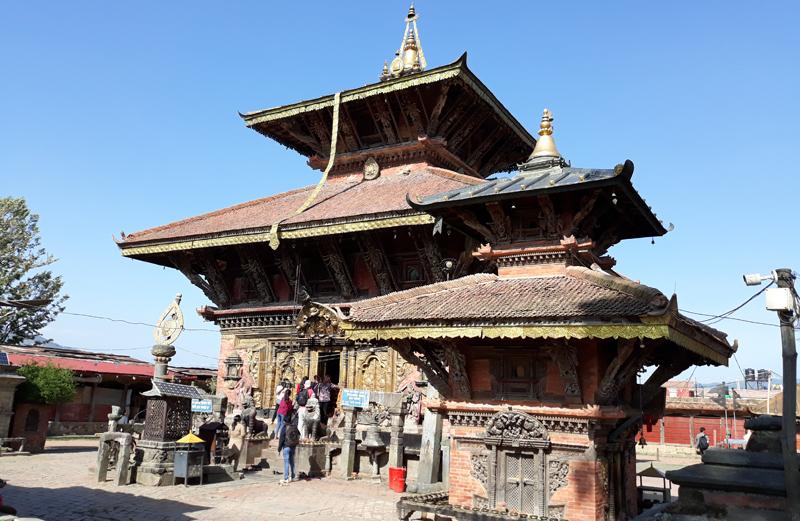Kathmandu City Tour Package
Pashupatinath Temple
Pashupatinath is one of the most sacred Hindu temples which located on banks of Holy River Bagmati, lies on the eastern outskirts of Kathmandu city. Pashupatinath temple is very important Hindu temple dedicated to god Shiva. Everyday thousands of Hindu people from Nepal & India come to visit and perform pujas and take a bath in holy river Bagmati. Pashupatinath temple was built in 5th century and later renovated by Malla kings; the main temple with pagoda style has a gilded roof, four sides covered in silver door and beautiful wood carvings. In 1979 Pashupatinath temple complex was listed on the UNESCO world heritage sites. Every year on the great day of God Shiva (Maha Shivaratri) million of drvotees from inside and outside country visit temple.
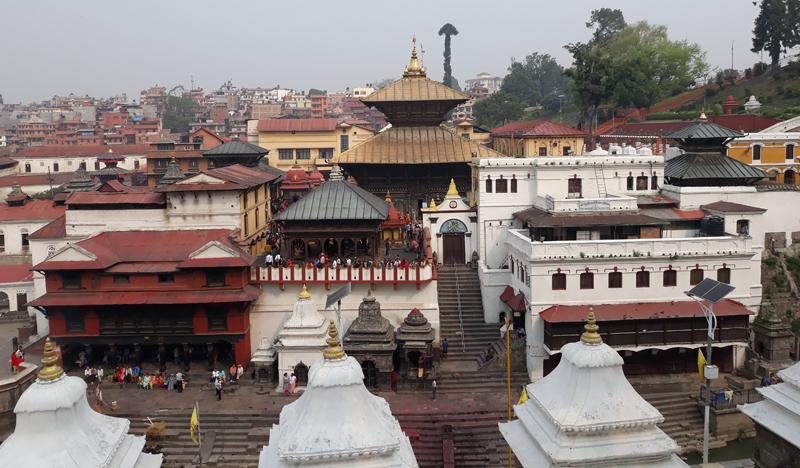
Swayambhunath Stupa – Also known as monkey temple
Swayambhunath is an ancient holiest Buddhist stupa atop a hill in the Kathmandu, lies west of Kathmandu city. Swayambhunath stupa is also known as monkey temple from the 1970s. It was founded by the great grandfather of King Manadeva (464 to 505 CE), King Vrsadeva, about the beginning of the 5th century CE. Although the stupa considered Buddhist, the place admire by both Buddhist and Hindus as well. The large number of people comes here on Buddha Jyanti (Buddha’s birthday) which is usually falls in month of May every year.
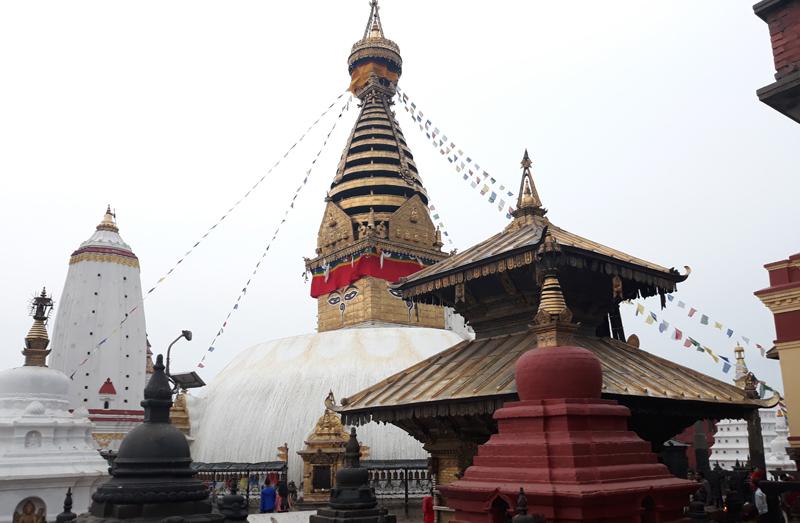
Boudhanath Stupa also known as Stupa of enlightenment
This great Majestic Boudha Stupa stands approximately 6-7 km North East from center of the Kathmandu city. The splendid dome of Boudha stupa is 100 ft in diameter, 1 hector in width and 141.16 ft in height. The area of the stupa is approximately 6,756 meters. It is believed that this stunning boudha stupa was built during the Kashyapa Buddha’s end period & the beginning period of Shakyamuni Buddha. Buddhist people believe that the relics of Kashyapa Buddha, the third Buddha of Bhadrakalpa were enshrined in the dome of this stupa. This great stupa is known as the mind nature of Buddha’s of three times- past, present & the future. This stupa is also known as Stupa of enlightenment of Bodhi Stupa. This Stupa is also one of the largest and most significant Buddhist monuments in the world.
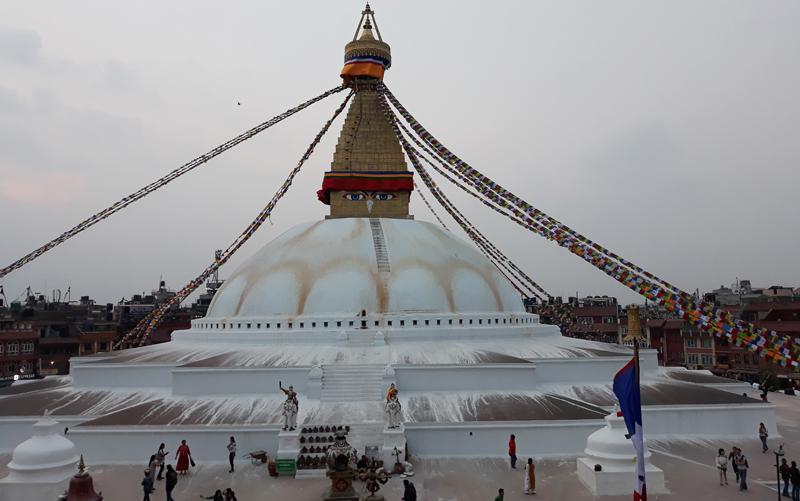
Kathmandu Durbar Square also known as Hanuman Dhoka
Kathmandu Durbar Square is one of the three durbar square in Kathmandu valley, used to be the palace of the royal family of Malla and Shah dynasty, who ruled over the city. Durbar square area consists cultural and traditional temples with ancient Newari architecture and popular shrines. Kumari (living goddess) house, Kasthmandap (open wood house), Jaganath temple with erotic art, Kal Bhairav, Swet bhairav and Hanuman dhoka are situated in the complex of Kathmandu Durbar Square.
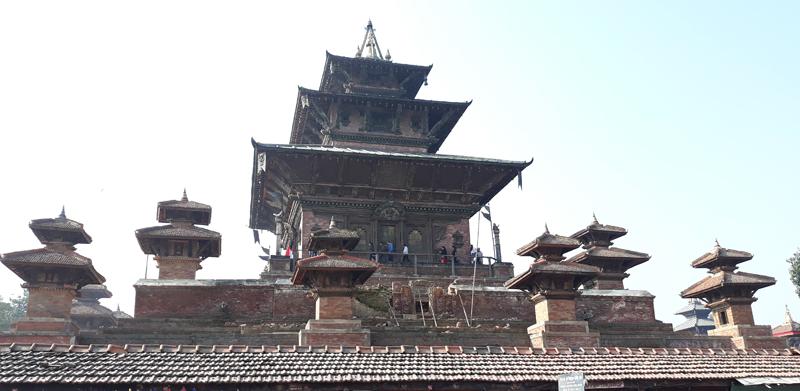
Patan Durbar Square - Patan is a city of culture, religion, art and history
Patan is also known as lalitpur, carries a long history of civilization - more than 2000 years. Patan durbar square is the most important historical site in the city, which has been listed by UNESCO as one of the 7 monument zones of the Kathmandu valley world heritage site in 1979 and world craft council AISBL designated lalitpur as “world craft city” in 2018. This historic square may not serve its purpose as a palace for the kings of the Malla Era anymore, but it still comes to life every day as locals relax and celebrate in and around its storied monuments, each day not too away far from the music and joyous colors of yet another upcoming festival.
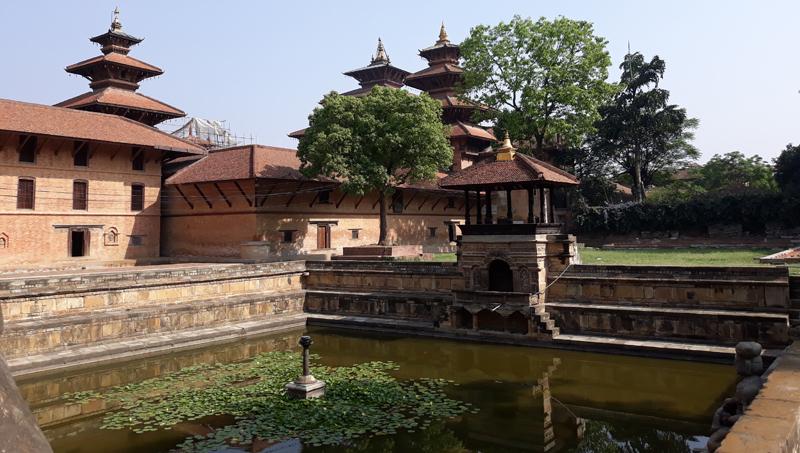
Bhaktapur Durbar Square
Bhaktapur city lies on the Eastern part of Kathmandu city which is also known as Khowpa or Bhadgaon. Bhaktapur is famous for ancient Nepali culture, unique arts of potteries, woodcarving and unique old houses of locals. The whole complex of Bhaktapur consist attractive monuments including lions gate, Vatsala temple, Bhairava Nath temple, Nyatopola temple, Peacock window, Golden gate and 55 windows palace of Bhaktpaur Durbar Square.
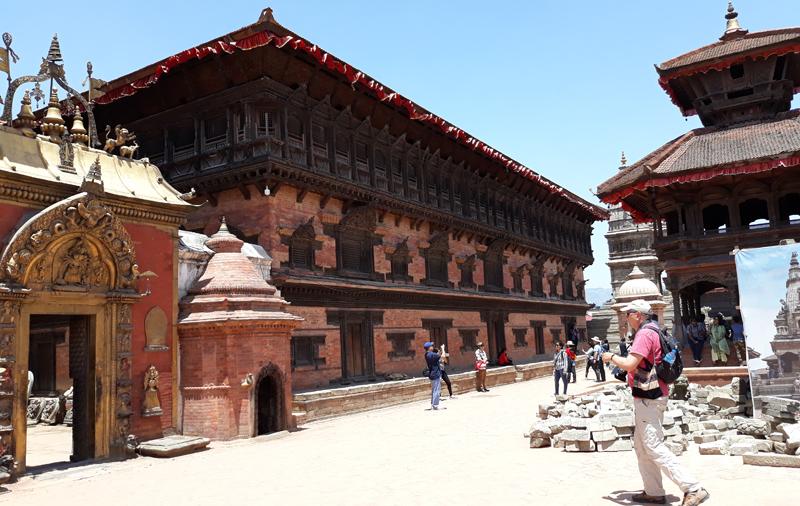
Changu Narayan – The most ancient pilgrimage site of Kathmandu valley
Changu Narayan temple is one of the most important monuments of Kathmandu valley which situated approximately 18 km east of Kathmandu city, standing 1540 meters above the sea level. This monument is significant from artistic, religious, cultural, historical and archaeological view point. The site is termed with different names such as Dolagiri, Dolparvat, Dolasikhar,Chapakaranya, Champapur Mahanagar and Changu is famous at present. The lord Vishnu residing in this place is worshipped by the Hindus as Narayan and Buddhist as Hari Hari Vahan Lokeshwor. This is one of the 7 World Heritage sites of Kathmandu valley, listed on the UNESCO’s world heritage site in 1979. The history of this site dates back to 3rd century AD. In this period Changu was a metropolis city with 700 houses and was named “champapur Mahanagar”. The priests stiff use this name in religious pujas.
